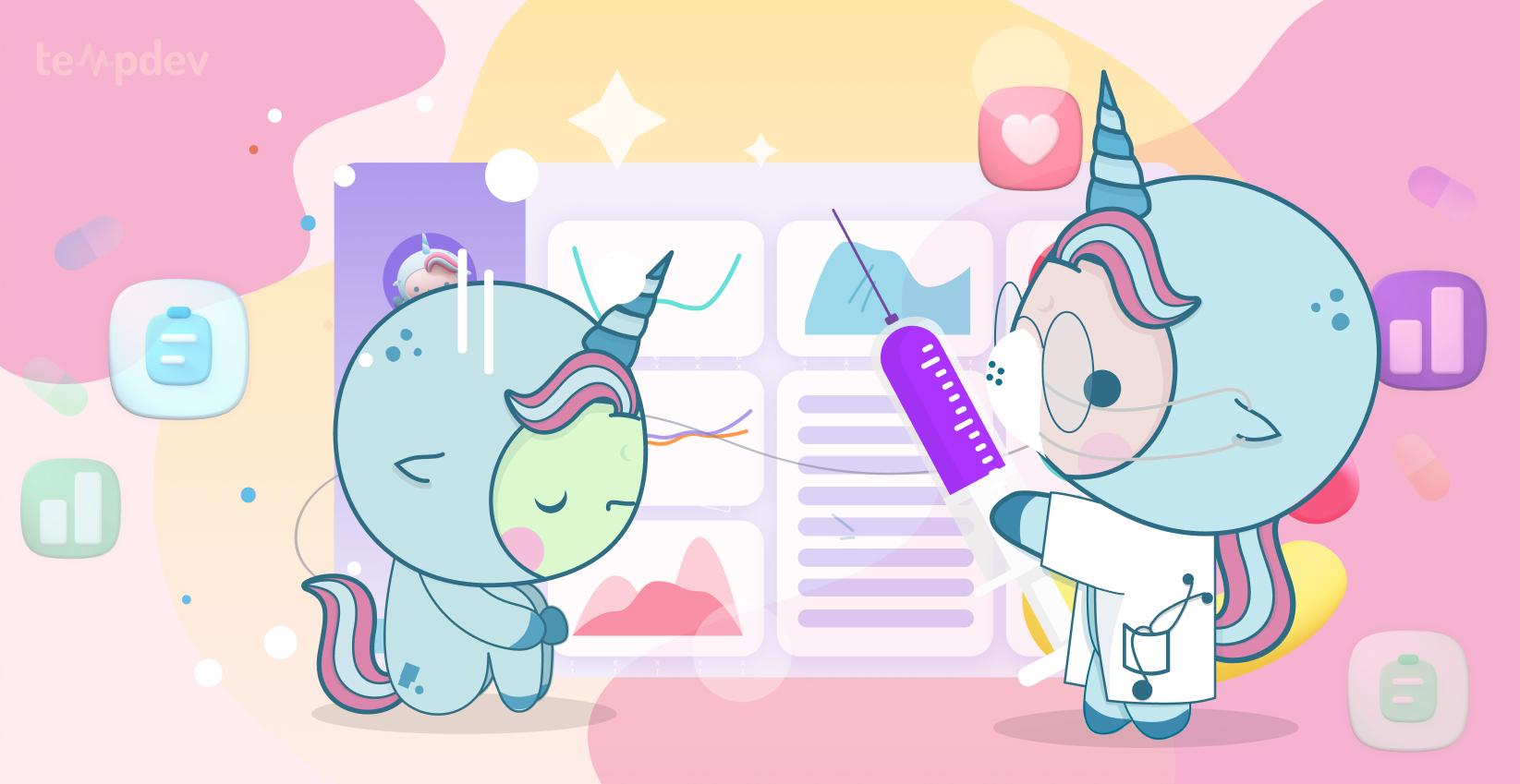What is Monkeypox: Signs, Symptoms, Precautions to take


Related articles:
The Role of AI in Healthcare Transformation: Healthcare AI for C-Suite Executives
Read Article7 Ways to Improve the Patient Experience When Faced with Appointment Overflow
Read ArticleOvercoming Implementation Challenges: Best Practices for Integrating AI in Healthcare Organizations
Read ArticleThe U.S. Department of Health and Human Services has declared monkeypox (or mpox) a national public health emergency. As the virus spreads, your practice may wonder, "What is monkeypox, and how should we prepare for it?" Whether your practice plans to provide the monkeypox vaccine or not, your clinicians and staff should be aware of the signs and symptoms of the virus.
Here is what your practice needs to know about monkeypox.
What Is Monkeypox?
Monkeypox is an orthopoxvirussimilar to smallpox or cowpox. The monkeypox virus causes a rash that may be painful or itchy. Patients may also experience flu-like symptoms such as fever and muscle aches.
Monkeypox was first recorded in humans in 1970. Before the current outbreak, monkeypox was mainly found in Africa. It spreads via close contact, including direct skin-to-skin contact and respiratory droplets. Monkeypox can also spread from infected animals to humans.
Thankfully, monkeypox does not spread as easily as COVID-19. It is also rarely fatal.
What Are the Signs and Symptoms of Monkeypox?
The telltale sign of monkeypox is a rash that can be itchy or painful. This rash may look like pimples or blisters, and it will transition through multiple stages before healing. If a patient complains of an unexplained rash, monkeypox testing or vaccination may be appropriate. Your local health department can provide guidance on testing and vaccination if your practice does not offer those services.
Monkeypox can also cause flu-like symptoms before or after the rash appears. Fevers, chills, muscle aches, and headaches are common. Symptoms typically begin about three weeks after exposure to the virus and last about one or two weeks. If flu-like symptoms appear first, the monkeypox rash will generally appear within one to four days. If a patient presents with flu-like symptoms and may have been exposed to monkeypox, post-exposure vaccination can lessen symptoms and protect high-risk patients from severe disease.
While the symptoms of monkeypox look very similar to smallpox, monkeypox is far less severe. And a safe and effective vaccine, JYNNEOS, is already available.
How Can Monkeypox Be Prevented?
There are two primary ways to prevent monkeypox: vaccination and behavioral changes. The Food and Drug Administration (FDA) has approved the JYNNEOS vaccine to prevent and treat monkeypox. Another vaccine, ACAM2000, may be used for monkeypox under FDA's Expanded Access Investigational Drug program. However, ACAM2000 can have significant side effects. JYNNEOS is the preferred option for vaccination, but supplies are limited. Currently, the Centers for Disease Control and Prevention (CDC) does not recommend mass vaccination for monkeypox. Instead, CDC guidelines prioritize those who have been exposed or were likely exposed to monkeypox. These guidelines may loosen as vaccine supplies increase.
Behavioral changes are also effective at preventing monkeypox. Your practice can counsel staff and patients to avoid close contact, including sharing objects, with anyone who has a monkeypox-like rash. Frequent hand-washing is also effective for preventing monkeypox and other viral illnesses. If a patient presents with an itchy or painful rash, standard protocols like gloves, masks, and sterilization will help protect your staff and other patients.
Patients diagnosed with monkeypox should also avoid infecting others. While the monkeypox rash persists, patients should avoid close contact and cover their rash. The CDC has extensive patient and provider education materials that your practice can use to help patients manage their symptoms and stop the spread of the virus.
How Is Monkeypox Treated?
There are no specific medications to treat monkeypox. However, post-exposure vaccination can help prevent or lessen symptoms. The CDC recommends post-exposure vaccination for patients exposed to monkeypox within the last 14 days. This treatment approach is most effective if the vaccine is administered within four days of monkeypox exposure.
Because monkeypox is similar to smallpox, treatments developed for smallpox can also help. Anti-viral medications like tecovirimat may lessen symptoms, particularly for patients with weakened immune symptoms. For most people, monkeypox symptoms will resolve in one or two weeks without treatment. Most patients can get symptom relief with topical rash creams and over-the-counter painkillers.
How TempDev Can Help Your Practice Prepare for Monkeypox
Now is the right time to prepare your practice for monkeypox testing, vaccination, and treatment. TempDev can help you leverage your NextGen EHR to get ready for monkeypox. Our developers and consultants can help you set up your vaccine clinic to immunize more patients in less time. For example, the TempDev NextGen EHR Monkeypox Vaccine Clinic Template lets you chart and bill for vaccines in just a few clicks per patient. And TempDev can help with Medication Module Updates, workflow redesign, and custom reports to help keep your monkeypox vaccine clinic running smoothly.
Call us at 888.TEMP.DEV or contact us here for help getting your practice ready for monkeypox.
Interested?
Agree with our point of view? Become our client!
Did you enjoy this read? Feel free to share it with your contacts.






